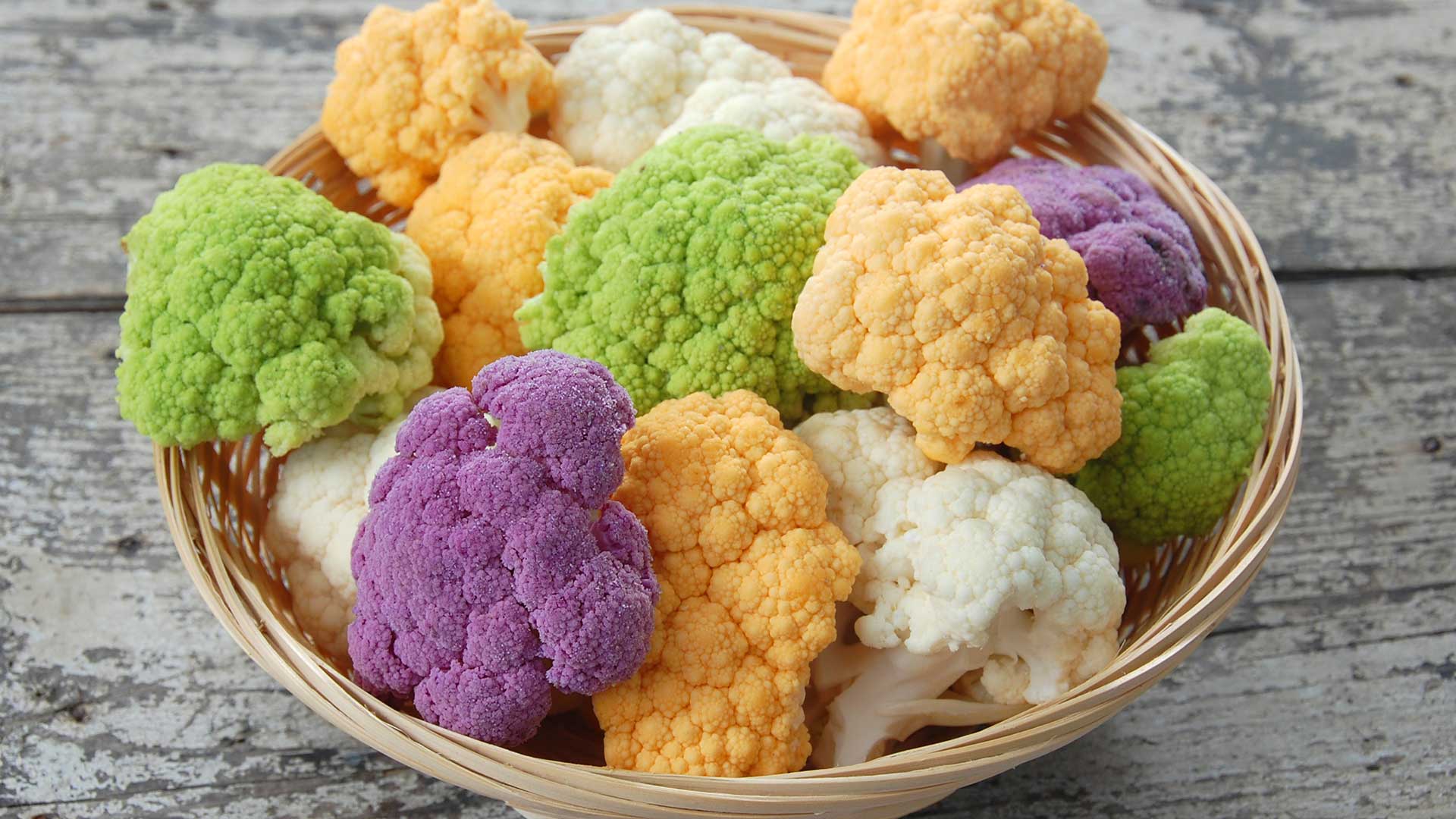



Article by: Hari Yellina (Orchard Tech)
Fresh Select grow purple cauliflowers in the Werribee food bowl. According to Chief Executive John Said, consumers want to try something different, and supermarkets are accepting that different colours would attract sales. Everyone is looking for that different product, and the rainbow is one way to start. Breeders around the world have looked at it as a novel process, but now it’s becoming mainstream. Colours are fun, they attract attention and awareness. Dietician Simone Austin said eating a variety of colours increased the number of nutrients the human body can absorb.
Any colours in vegetables, but particularly the purples and dark greens show that they have got lots of antioxidants in them and antioxidants are particularly good for us. According to Said, the purple vegetable’s success has enabled the company to expand into trials with green and orange varieties. White cauliflower used to be the only option. The coloured cauliflowers, like the white variety, are members of the cruciferous vegetable family. They have a similar texture and taste—mild, sweet, and nutty. The major difference is their colour and with colour, a slight difference in nutritional value.
White cauliflower matures creamy white if the head is void of direct sunlight. Older cultivars need to be blanched (inner leaves are tied loosely over the small heads to reduce the amount of light penetration) to prevent the sun from turning white cauliflower to yellow. Newer cultivars are self-blanching as the plants produce inner leaves that hug the heads tightly preventing light penetration. No blanching is required for the colourful varieties. Purple cauliflower gets its colour from anthocyanin, a naturally occurring phytochemical that is also found in other red, blue, or purple fruits and vegetables, as well as red wine.
Carotenoids are responsible for the colour of orange cauliflower; carotenoids are also found in carrots, squash, and other yellow vegetables and fruits. Orange cauliflower actually came about as a genetic mutation that allows it to hold more beta carotene than its white counterpart. Green cauliflower, also known as broccoflower, is a hybrid of broccoli and cauliflower. Green cauliflower contains more beta carotene than white cauliflower, but less than broccoli.